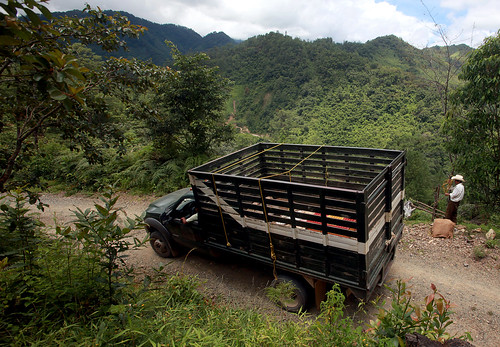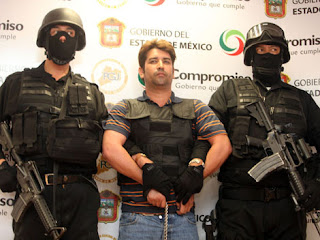There has been a lot of talk of Choix and Northern Sinaloa lately. Currently the area is at the center of the cartel wars. With gun battles raging, mass exodus of civilians from their homes, the area harkens back to towns such as Meir or Saric. Ghost towns, whose residents had to flee for fear of death; those who haven’t left yet stay inside, only venturing out if necessity. Abandoned homes dot the landscape, homes which had been passed down generation after generation, inhabited now only by ghost of the past. Gunmen roam the hills, these men bring the devil with them. Those who have left, leave behind their culture, their history, their lives, everything they knew. America doesn't like these stories, it shocks most who become aware. As this nightmare continues the people of the Sierras can only watch as the outlaws battle it out, with federal forces in the middle.
The man thought to be at the center of it all, is Chapo Isidro, he has been a character of interest for some time now. Many wish to know how one man has been able to bring so much hell upon the Sinaloan Cartel. The answer is not as simple as one would think, its a complex tapestry of what remains of the Beltran-Levya Organization. Many of the leaders of los mazatlecos have been killed or arrested recently. It is not yet clear how the group may recover from these loses but because they work closely with los zetas, it is difficult to discount this group. So the question is who are the Mazatlecos?
Los mazatlecos are one of the largest groups working under the Beltran-Levya umbrella. Los mazatleco’s took their name from their place of origin, Mazatlan, located on the southern coast of Sinaloa. The city has long been prized by traffickers for its geographic location and its thriving port. Mazatlan is one of busiest ports in Mexico. Los Mazatlecos were at the direct service of El Mochomo before his arrest in 2008. Since his arrest it is believed their loyalties have shifted to that of Hector Beltran-Levya. The groups influence stretches from Sinaloa to the state of Nayarit and could be considered the largest and strongest cell operating under the Beltran Levyas as well as one of its last.
The mazatlecos leaderships came to light after the arrest of one of its patriarchs Geovany Lizarraga Ontiveros, who was arrested in Los Mochis in May of 2011. The group attempted a daring rescue but failed and were repelled by elements of the military.
Marcos Lizarraga Ontiveros the brother of Geovany was also arrested in May. Geovany Lizarraga Ontiveros was thought to have given him control over distribution for the entire state of Sinaloa for the Beltran-Levya Organization. He was taken to Mexico City to be tried for connection to organized crime and distribution of drugs.
Since this time much has happened to the group and its ability to operate. Fighting has been long standing since since 2008 when the federation split. Recently though, violence has become a full fledged battle for control of the lucrative drug producing area known as “The Golden Triangle.”
The following people are part of Chapo Isidro's network.




